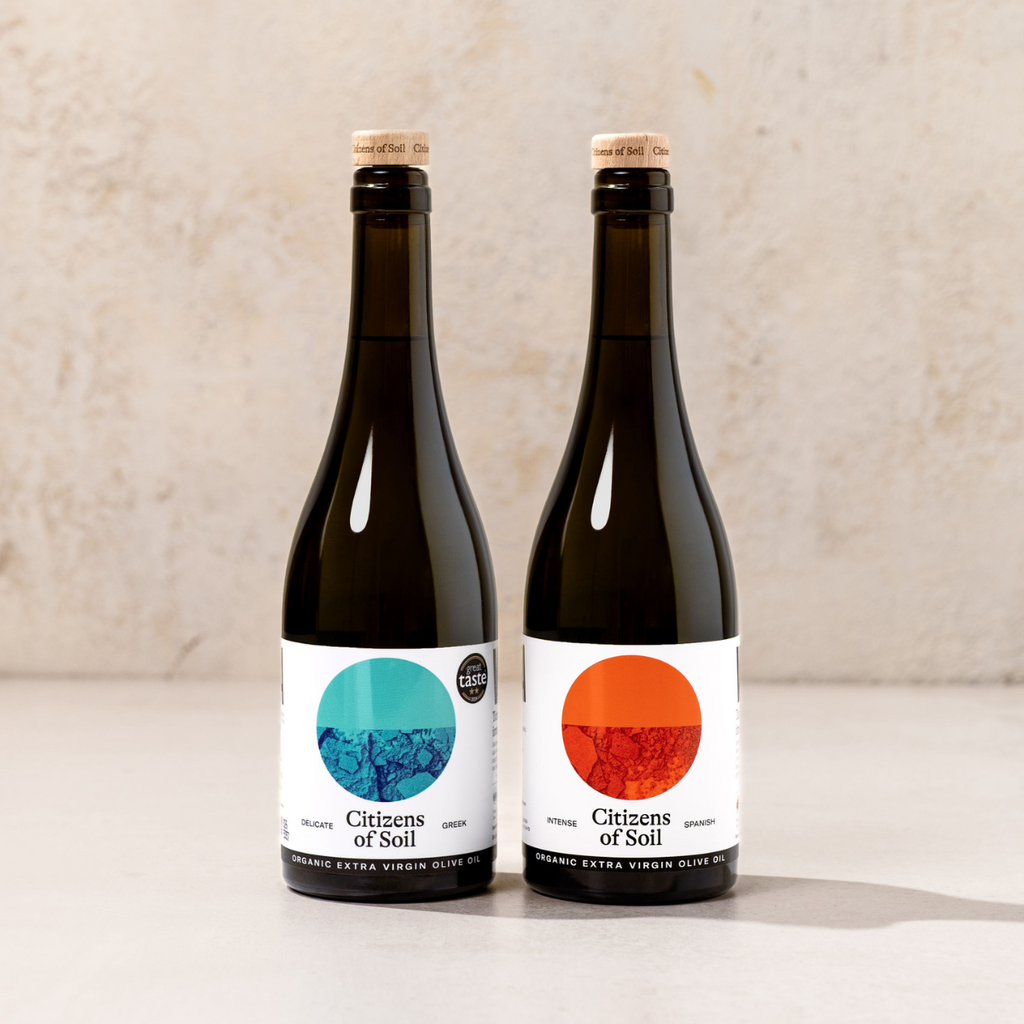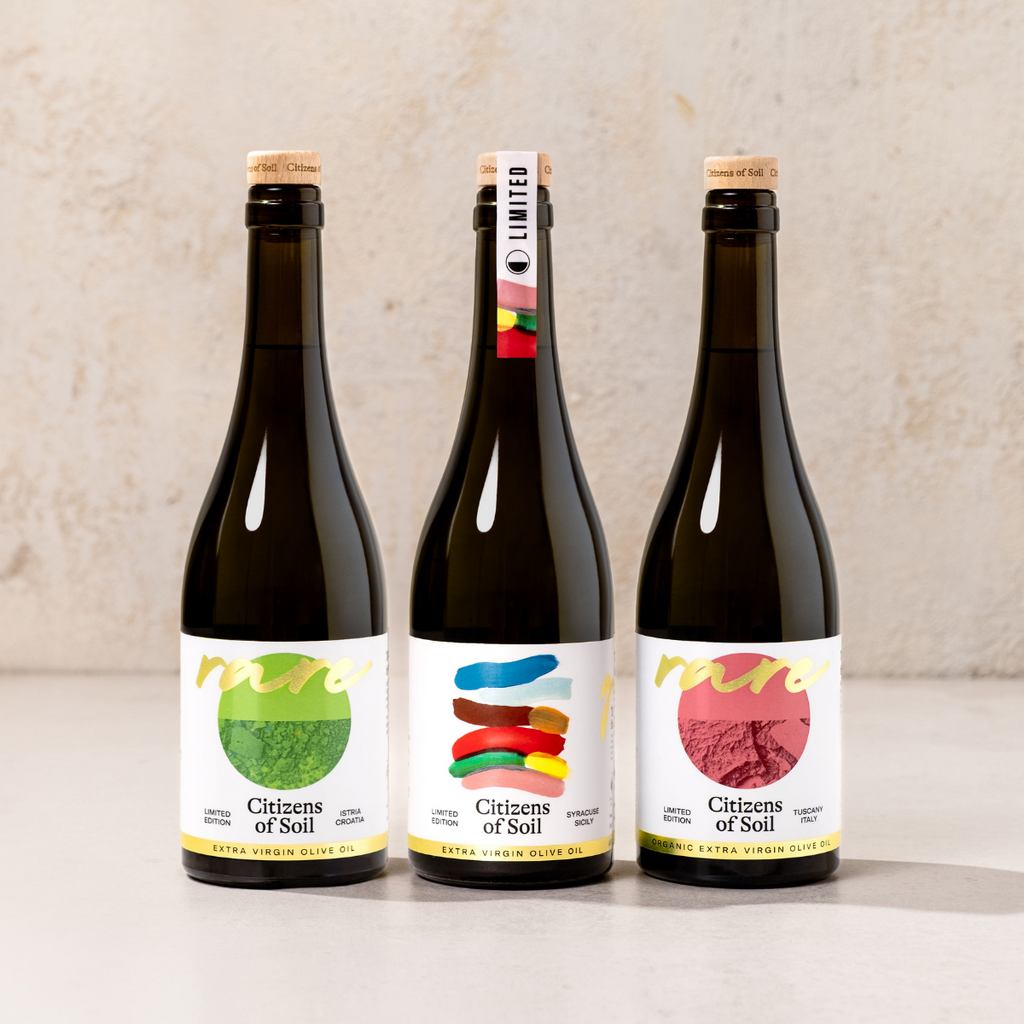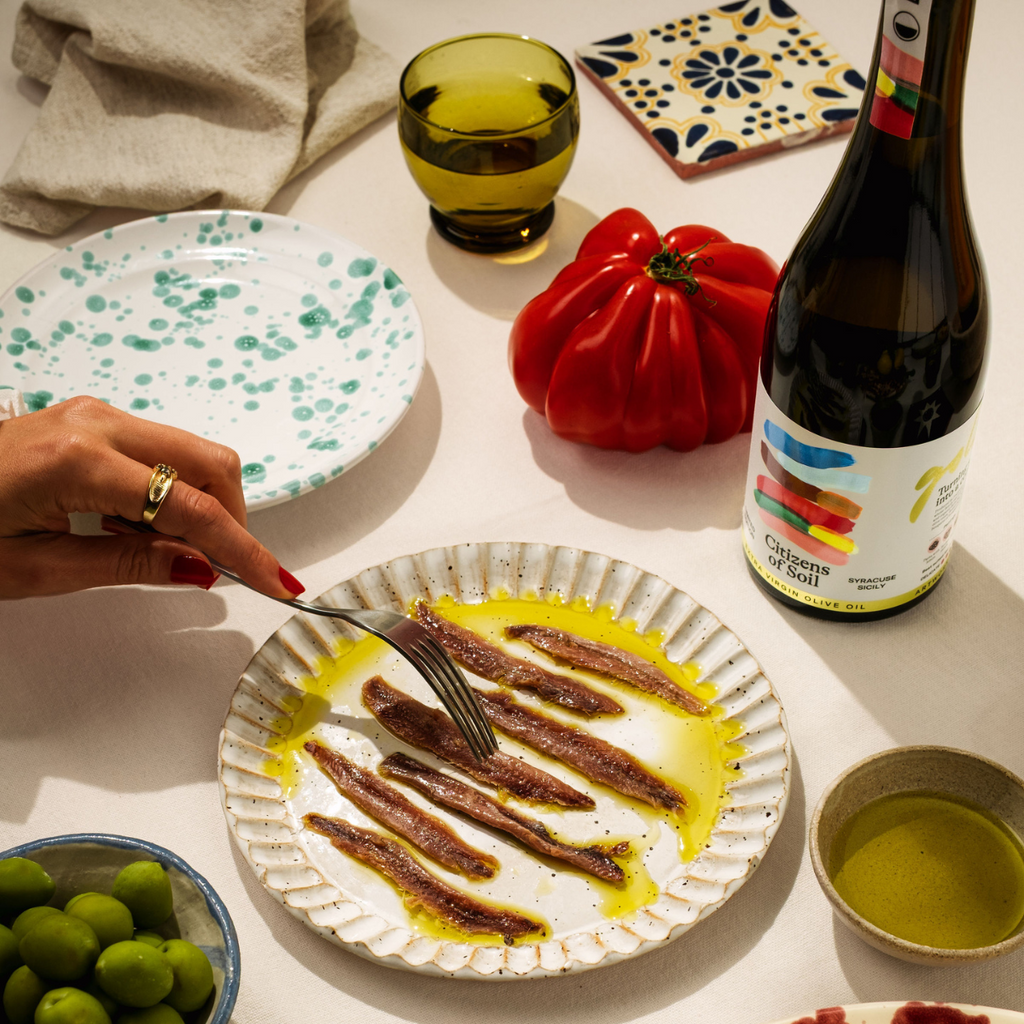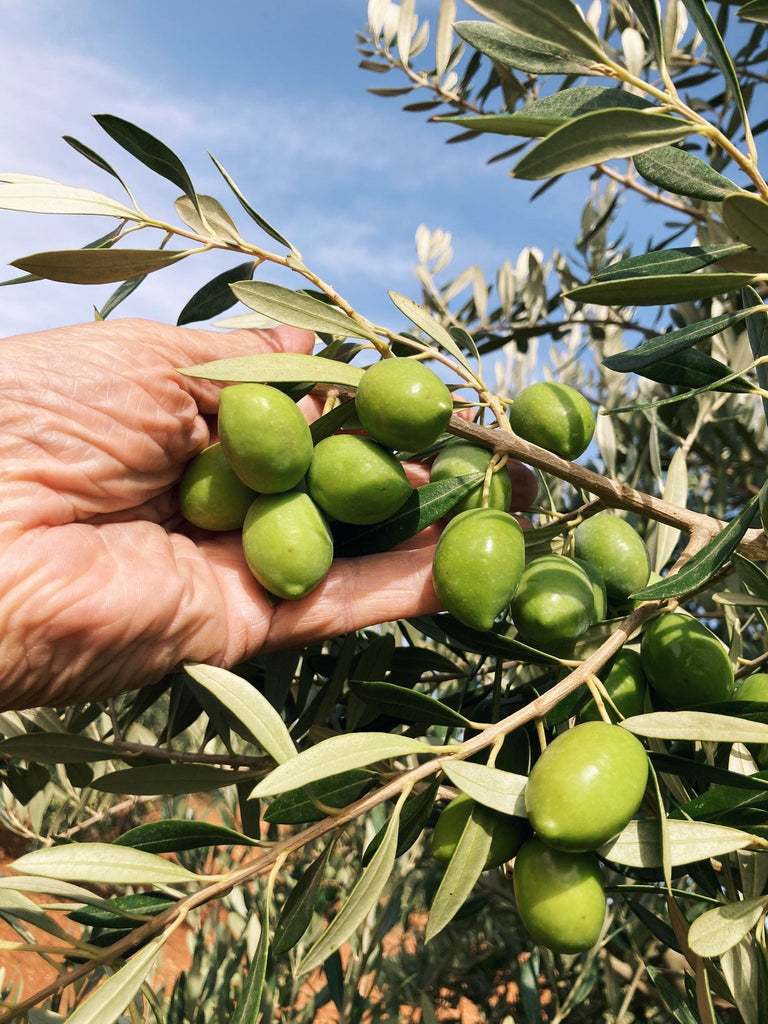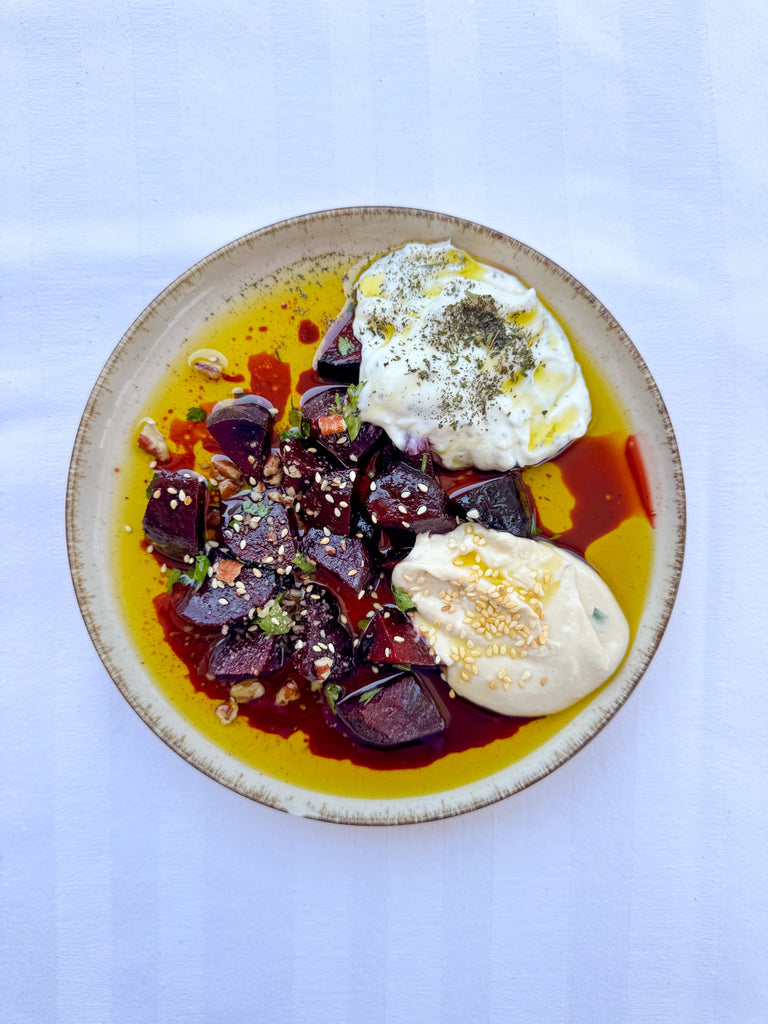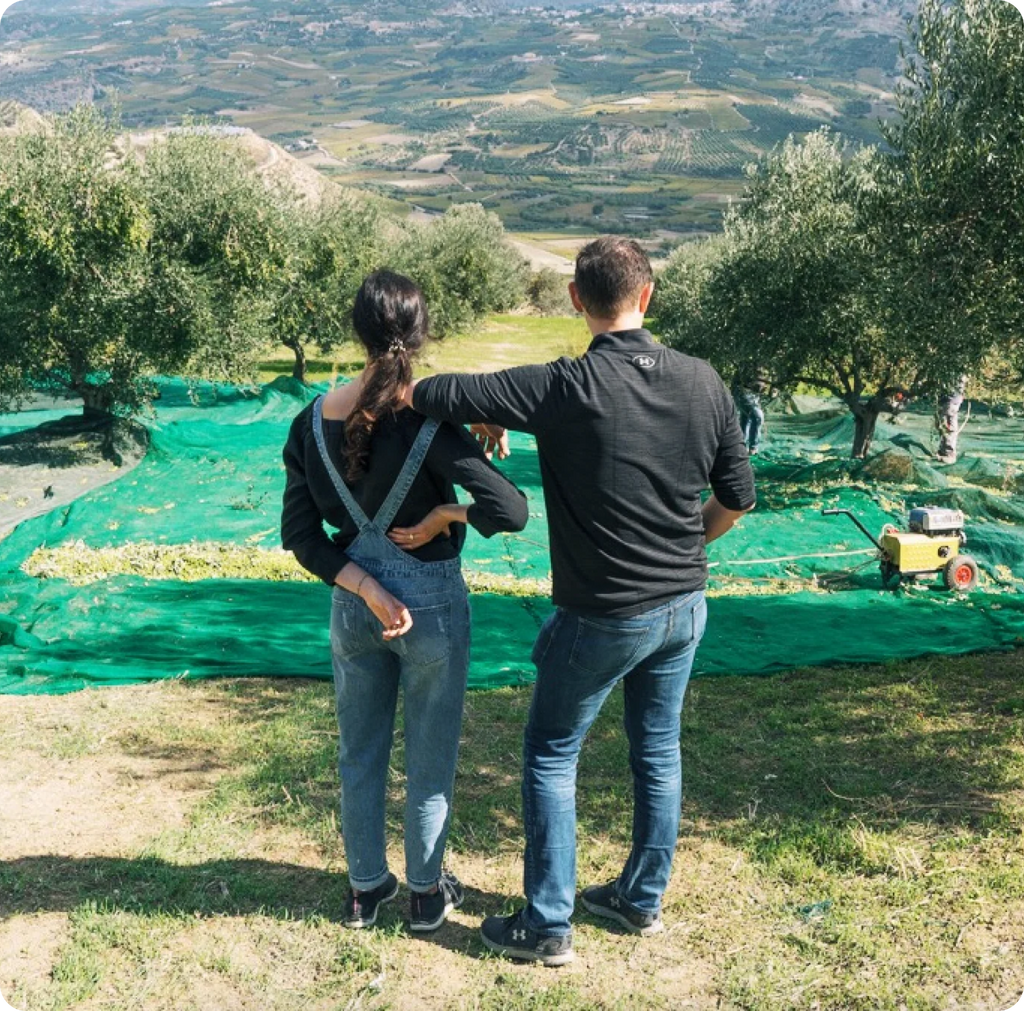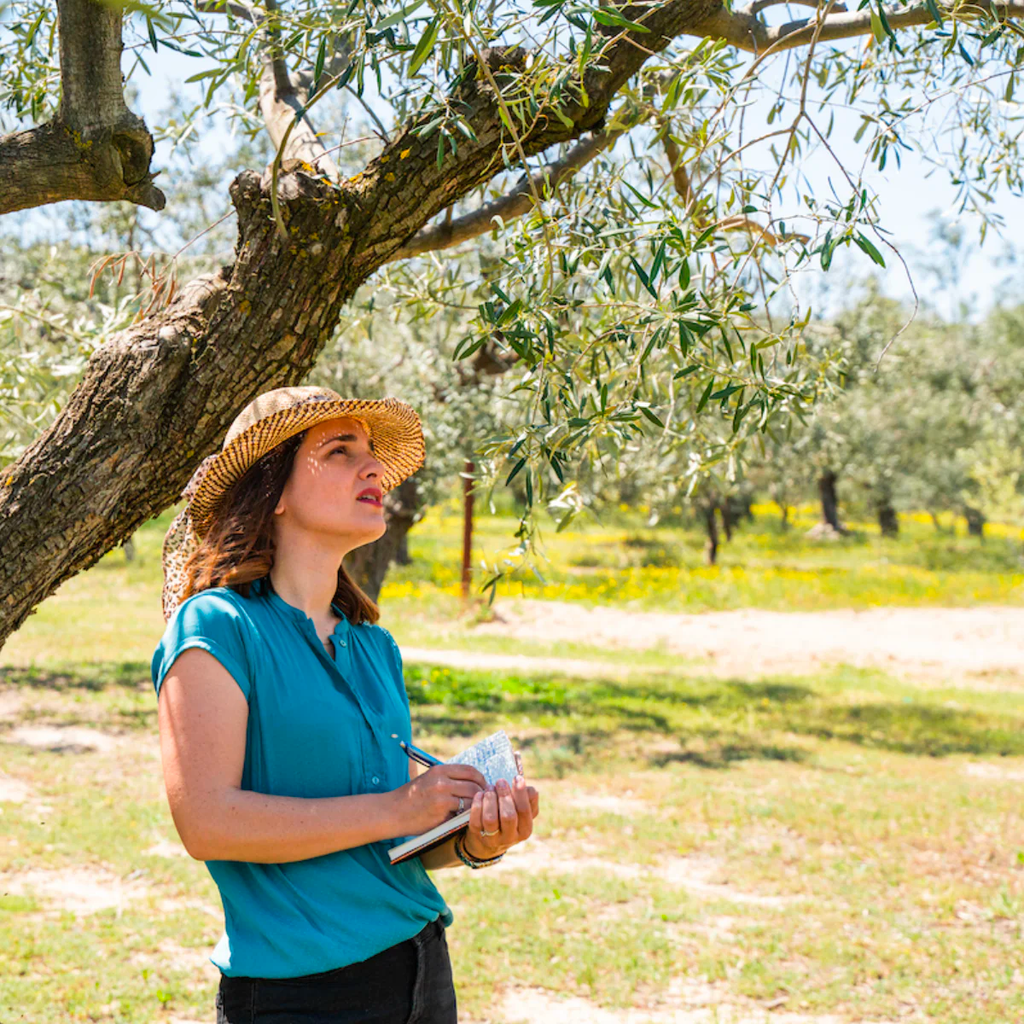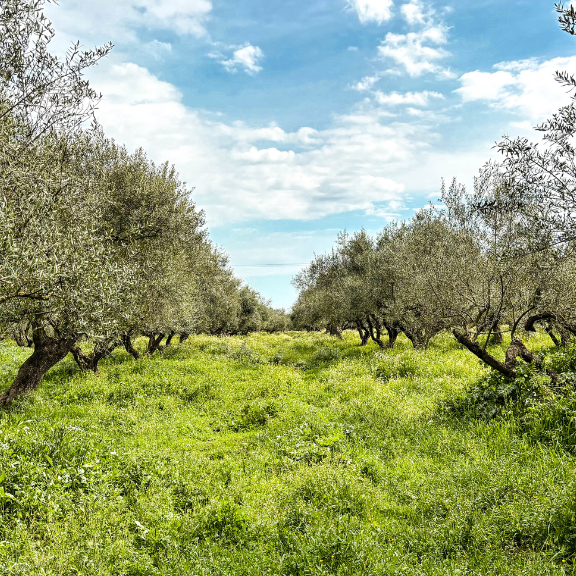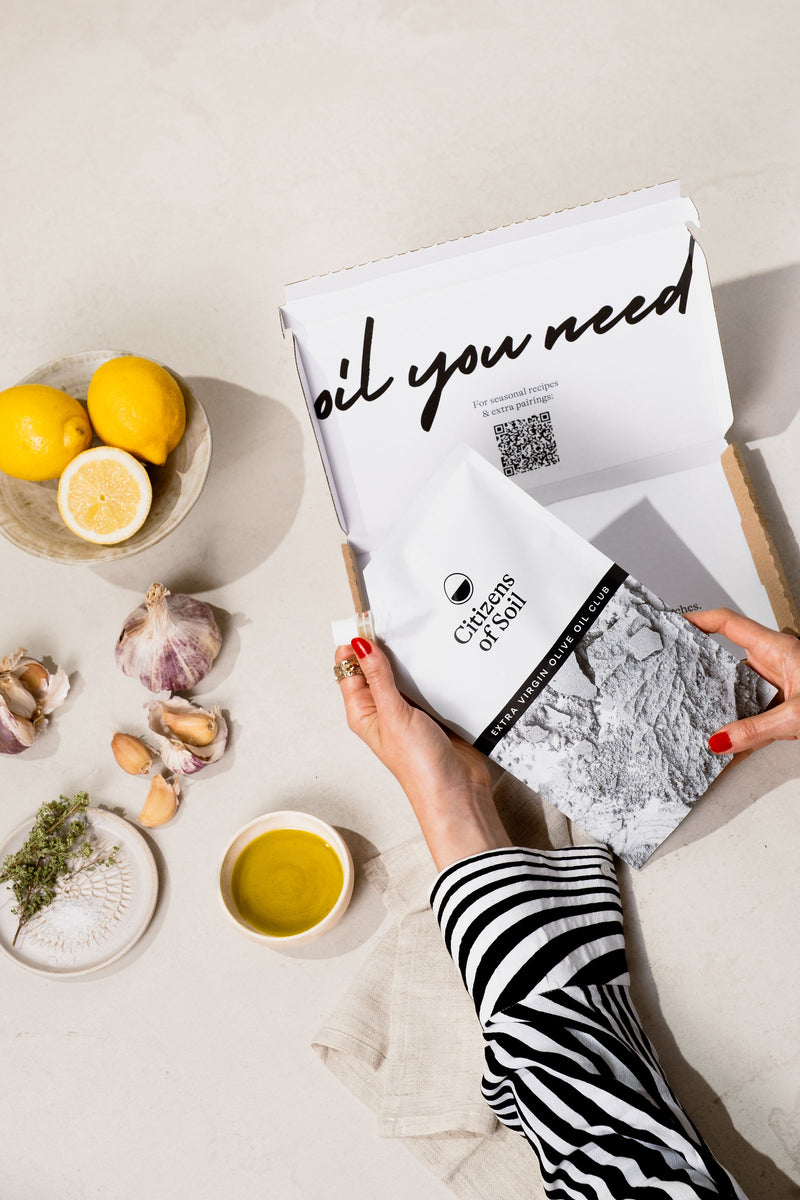All things pesto.
Pound, Baby Pound: Pesto Inferno!
Since the 1990s, we have fallen victim to a dark crime: the industrialisation of pesto. Potato flakes and sunflower oil lurk in shop-bought jars. We need to get back to basics.
It’s time to get your fingers green and begin making pesto at home again. And I’m here to show you how.
On my pesto adventure, I learnt three pretty valuable life lessons.
1) Make sure your blender lid is on tight.
2) Trust the Italians. They really do know what they are talking about when it comes to pesto.
3) It’s all about the EVOO.
A Sweet Ode to Liguria.
Pesto literally means ‘to pound’. Strictly speaking, pesto is a generic term for anything made by pounding; pesto alla genovese, however, is widely argued as it’s most authentic form. I think the Italians may have turned their noses up at the chive, parsley and preserved lemon pesto I made last night (ah, yes — it was as delicious as it sounds).
Back in 1863, a group of Genoa’s finest foodies established the ‘official’ recipe for their pesto. The Ligurian climate boasts the most favourable conditions for the recipe's most distinctive ingredient: basil. So, this consortium pronounced their version as the one ‘true' pesto recipe: the basil must be young and grown in the region, and a pestle and mortar must be used.
Pesto now stretches far beyond Liguria, with jars on almost every shop shelf around the globe. It’s garnishing soups, marinating meats, and it’s even famous on Tiktok. It’s a pesto inferno!
The only pesto recipe you will ever need.
Put simply, pesto is pounded or blended herbs or leaves; nuts; grated cheese; maybe some garlic; but always, and I mean always, a generous portion of olive oil. But to keep things simple, I’m going to provide you with a recipe for the Queen Bee of Pestos — Pesto alla Genovese.
To make the equivalent of a small jar:
- 250g fresh basil leaves (Sorry stalks, not you.)
- 1 generous pinch of salt
- 1 garlic clove (Optional. But not optional.)
- 50g hard cheese (I’d go 25g parmesan, 25g pecorino.)
- 2tbsp pine nuts
- 300ml extra virgin olive oil (see tips below from our founder & sommelier on how our different oils can completely change the direction of your pesto)
1) Toast your nuts. On a medium flame, toast your pine nuts. Agitate them slightly by shaking the pan from time to time, until they are fragrant and starting to brown. Pop your nuts onto a small plate and leave to cool completely. Top tip: taste your nuts before use — they go rather foul quite quickly.
2) Grate your cheese. It’s always nice to be ahead of the game, so grate your cheese now. For me, the marriage of both parmesan and pecorino makes the perfect pesto pairing. The former for richness and the latter for salty, saline notes.
3) Pound, baby, pound: pesto inferno! There is a war between the pestle and mortar purists and the food processor masochists. So I investigated both methods. The conclusion: the Italians are right. Don’t get me wrong, a food processor is a brilliant substitute, but if you have a pestle and mortar, it’s definitely worth the extra effort. Start by lightly crushing the nuts with a pinch of salt, using circular movements. I prefer to remove the nuts at this point — my logic is the nuttier the pesto the better, so to stop them turning paste-like, I add them in again at the end. If you are opting for garlic, pound it to a paste now. Then, gradually add all the basil, pounding (or pulsing for you masochists) until you have a thick paste. You do have to work quickly so that the basil retains its vibrant green colour. Top tip: listen to ‘Disco Inferno’ as you pound — I find it a rather efficacious way to keep your energy levels up!
4) It’s all about EVOO. Stir in the cheese, crushed nuts and then gradually the oil, keeping a little back for the top of the jar. Extra-virgin olive oil is the only option here. Which one is best? Here’s what our olive oil sommelier has to say...
Which extra virgin olive oil to use for your pesto?
- For a particularly herby note, our new Peloponnese EVOO is perfect. It’s got a soft touch.
- For a grassy and slightly peppery addition, our classics from Crete are just the ticket.
- For a bite of pepper, our Portuguese oil brings the spice and pairs beautifully with the cheese.
- And, for some more complexity and bitterness, EVOOs from Tuscany and Istria (Croatia) will hit the spot. You may run a small risk of overpowering the herbs. But be bold. And take that risk!
Once you make your little batch of pesto, it can be stored in the fridge for up to a week. Top with 1/2 inch of EVOO to prevent browning.
Off-piste pesto: playing around with flavours.
Can you heat it up, you may be wondering? Legally, yes. But if any Italians asked, you didn’t hear that from me. So here’s a few ideas.
Play around with the umami. Pesto’s deep, delicious savouriness is cleverly played with at Liverpool’s Belzan. Chef Grainger adds dried nori to his thick wild garlic and parsley pesto (3 sheets of nori, 300g herbs, 50g parmesan, 150ml olive oil, and seasoned with lemon juice and rice wine vinegar), which he spoons over potatoes or grilled fish.
Fermented foods. Fermented foods bring a salty, sour complexity— try adding 1.5 thin slices of preserved lemon to our recipe above. Trust me, you won’t regret it.
The dynamic duo. Pesto Pasta: the most dynamic duo since Batman and Robin. Pesto being Batman, obvs. You want a pasta with nooks and crannies for the pesto to cling to — a cavatappi, a bow-tie, a rigatoni. More pesto per mouthful is the goal here, people. I have only one rule when it comes to pesto pasta: only an idiot would dabble in a pesto coated ravioli. Don’t be that person. Just don’t.
So, I challenge you, spend this evening discovering all things pesto. Start with a glass of dry, crisp and slightly acidic white wine (a good Sauvy B will do), put “Disco Inferno” on and pound away. I promise you, you will never go back to the pre-made stuff. Ever again.
Ciao Bella! Happy Pesto-ing!
—Kate Carruthers, Copywriter & Recipe Developer
"I write copy people want to read. That people can't resist sinking their teeth into. Especially if it's about food, drink or hospitality. My mission is to get readers excited about food. Its history, its presentation, and most importantly, how it tastes. Currently freelancing at Ottolenghi, I bring a touch of fun to a world that can sometimes take itself too seriously. Because, at the end of the day, that’s what food is all about. Fun.”

